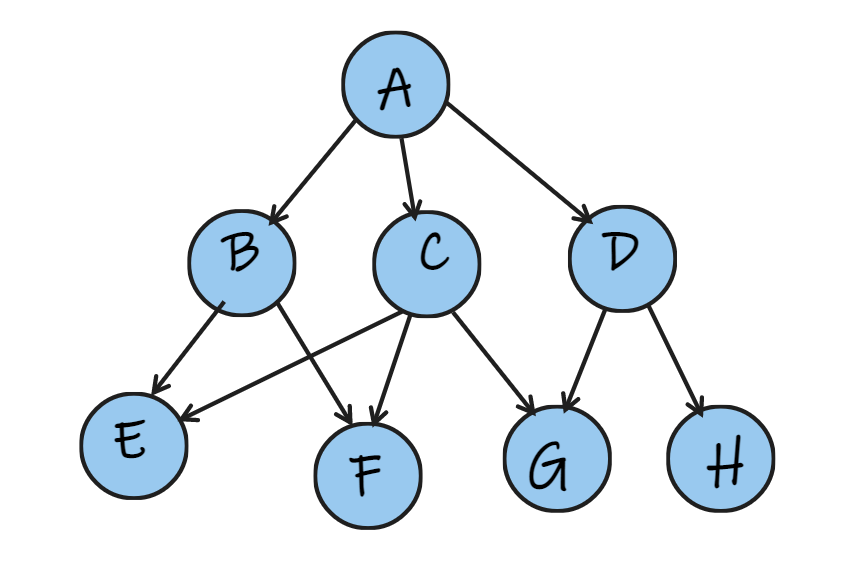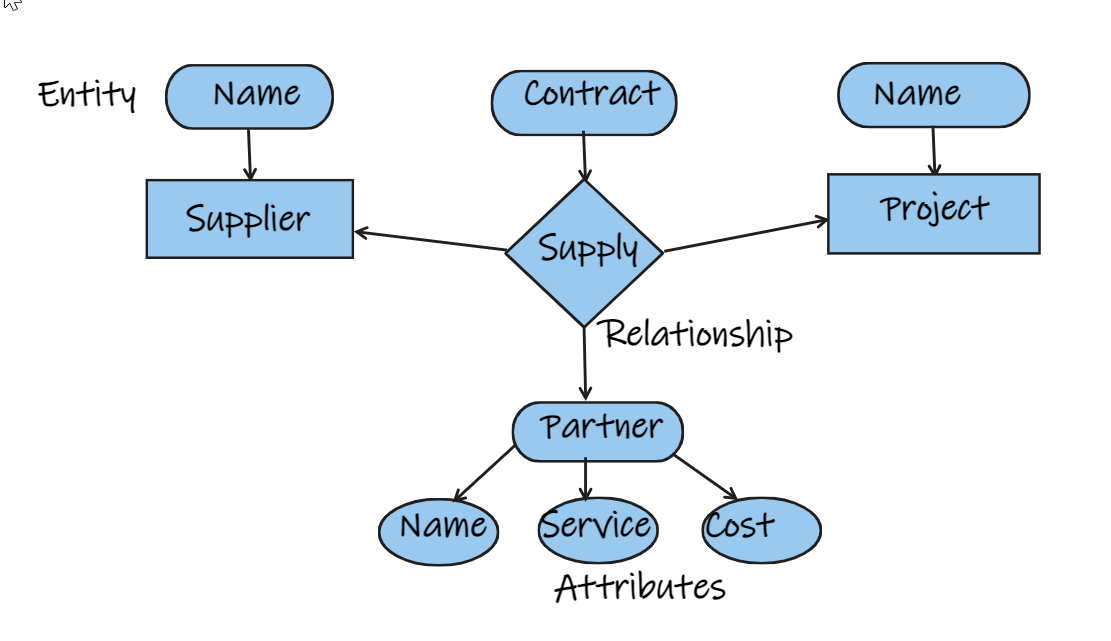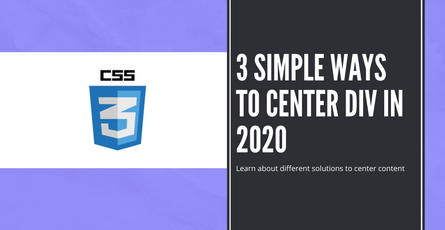
Data Models, Schema, and Schema Viewer in Informatica MDM Hub Console
Learn about Data Models, Schema, and Schema Viewer in MDM.-
 Sriram Thiagarajan
Sriram Thiagarajan
- April 24, 2022
Data Models, Schema, and Schema Viewer in Informatica MDM Hub Console
In the last two blogs, we went through the architecture of Informatica MDM MDE and its core & optional components and why we need to use MDM solutions in the first place. If you have not seen our earlier blogs, do check it out to get those basic understanding before diving deep into Database Modelling and Schema Viewer.
In this blog, we will try to understand and answer the below queries:
- What do you understand by database model?
- What are the different types of database model?
- What are the 3 key components of relational database design?
- What data model does Informatica MDM MDE uses and why?
What do you understand by database model?
“A database model (or) a data model is a logical representation/diagram that shows the logical structure of the database.”
With this model, we can understand and define how data will be stored, accessed and updated in a database management system.
What are the different types of database model?
- Hierarchical Model.
- Network Model.
- Entity-Relationship (ER) Model.
- Relational Model.
- Post-Relational Data Model such as Graph, Object-Oriented Data model.
Hierarchical Model
-
This model organizes data into a tree-like structure, with a single root / parent node and all other nodes are linked.
-
It expands like a tree, adding child nodes below parent nodes.
-
There will be only one parent for a child node.
-
Book index, computer filesystems are all hierarchical model examples.

Network Model
-
This is a natural extension of the hierarchical data model.
-
Here a child node can have multiple parent nodes. (i.e.) This model suits many-to-many relationships.
-
Since there are multiple relationships, traversing nodes become fasters and hence retrieving information will be easy and faster in this model.

Entity-Relationship (ER) Model
- In this database model, relationships are created by dividing object of interest into entity and its characteristics into attributes.
- ER model consists mainly of Entity, Entity Set, Attributes and Relationships.
- Each Entity should have a key (unique).
- Attributes are columns related to entity types.
- Relationships will be established between entities. Relationships can be one-to-one, many-to-one and many-to-many.

Entity Relationship (ER) Model Diagram
Relational Model
- Tables are called relations in this model.
- Data is stored in 2-dimensional model. Relationship is maintained between relations (tables) with a common field.
There are also other data models such as Dimensional Model, Graph Model and Object-Oriented Data Model which are also used according to specific business use-cases.

Graph Data Model
What are the 3 key components of relational database design?
Entities, Attributes and Relationships are 3 key components of relational database design.
-
Entity: Entity may be a object (Ex: Contact, Person, Product) or object with conceptual existence (Ex: company, Course, Job)
- Entity Set: Entity set is a logical grouping of all entities. (Ex: Student and Department are entities and both these entities can be grouped as Entity set).
-
Attributes: Attributes are properties which define the Entity Type. (Ex: Id, Name, Service and Cost are attributes of Partner Entity.
-
Relationships: Relationship are associations between Entities. Relationship can be one-to-one, many-to-one and many-to-many.
Database models are basically known as database schemas, which are used to represent database structure and the format of database which is managed by the database management system
What data model does Informatica MDM MDE uses and why?
Entity-relationship model is a model used for design and representation of relationships between data in Informatica MDM MDE.
Below diagram represents the Entity-Relationship data model implementation in Informatica MDM MDE Hub Console after defining the base objects, landing tables, and staging tables that make up the sample ORS.

Sample Entity-Relationship data model for “Product” Entity - “Schema Viewer” in MDM Hub Console UI.
Here “Product” Entity is used to address product Master Data. Similarly in this diagram, there can be multiple entities and a relationships will be established between Entities.
For Example: A “Party” data model can be defined to address the master data needs for Individual, Organization and their relationship to “Account” entity.


